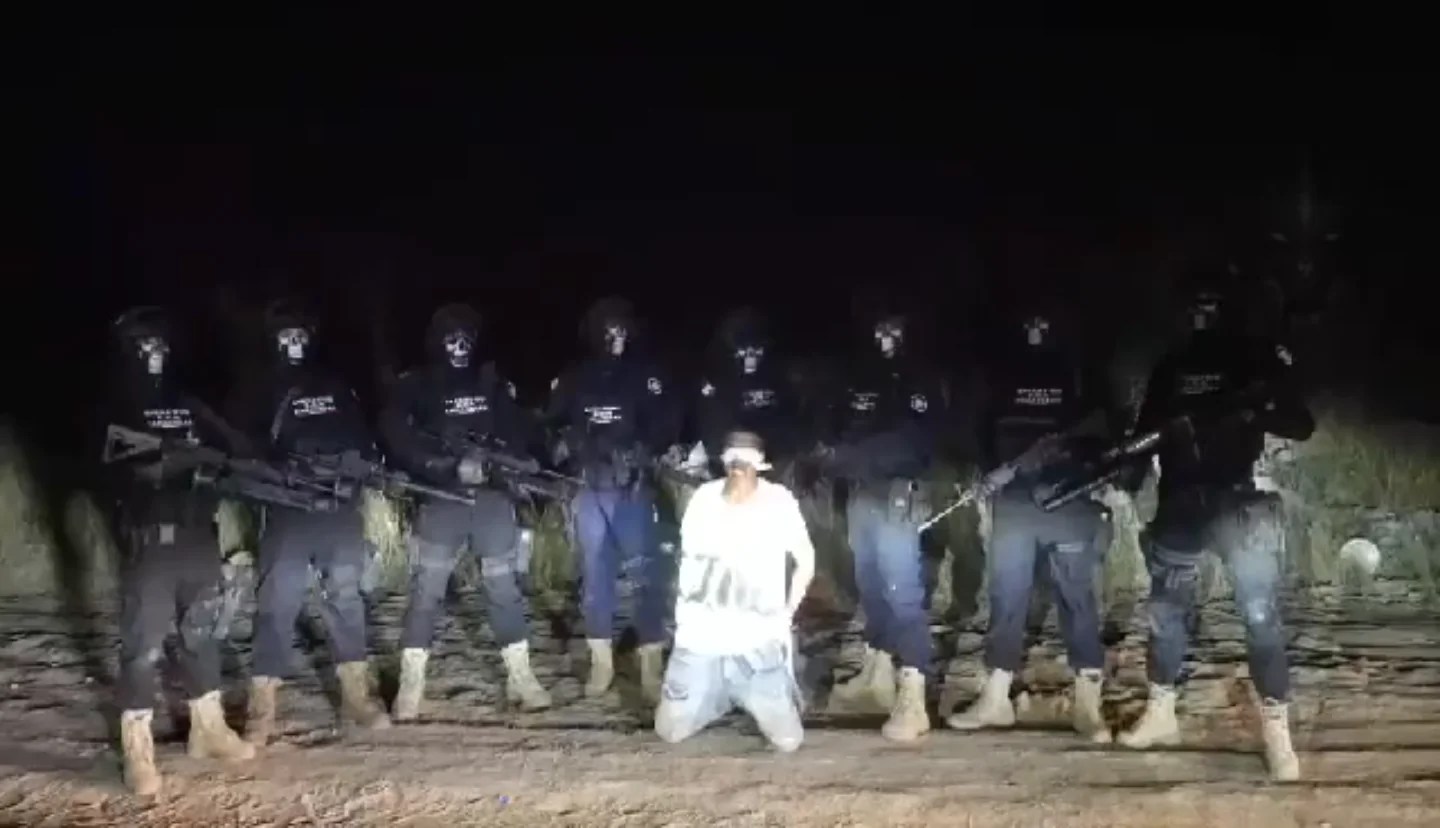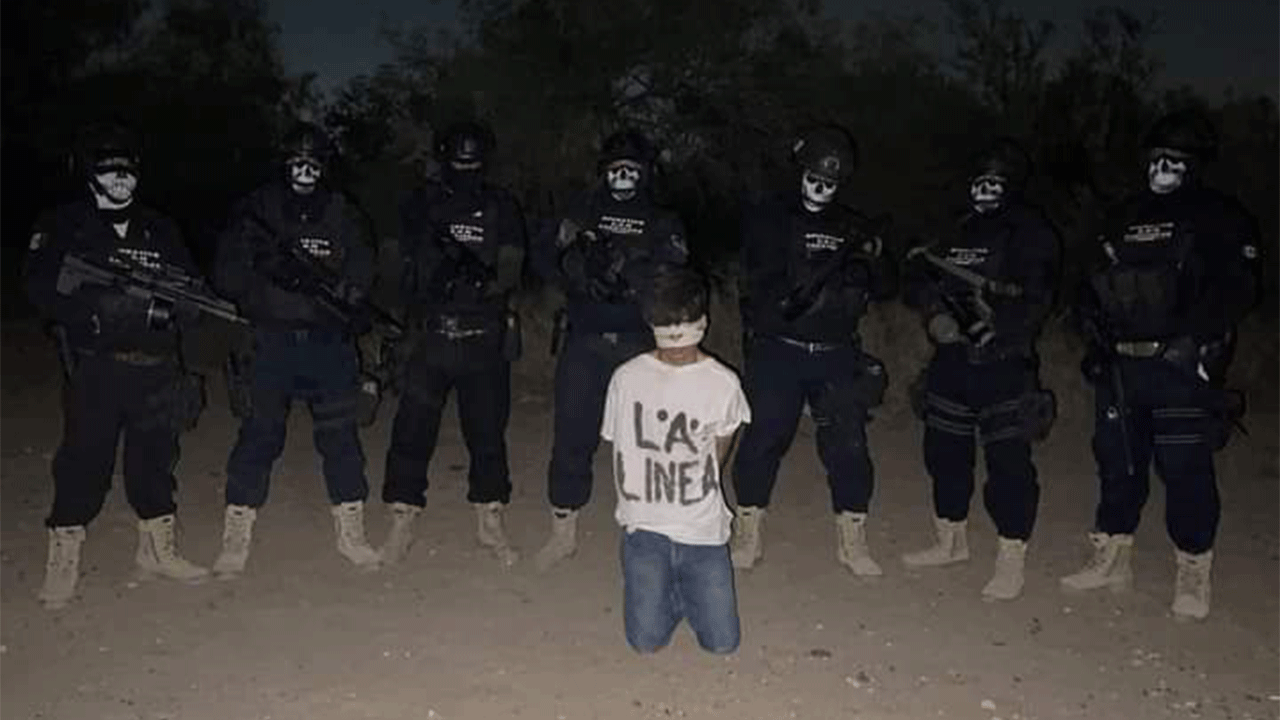In the heart of Mexico lies Zacatecas, a region steeped in rich history and vibrant culture. Yet, beneath its charming facade, there exists a dark and chilling chapter known as "Zacatecas Flaying." This gruesome practice, often associated with ancient rituals and punishments, has left an indelible mark on the local folklore and traditions. As we delve deeper into this topic, we will explore the historical significance, cultural implications, and the lasting impact of this haunting tradition on the people of Zacatecas.
The term "flaying" refers to the gruesome act of removing the skin from a living being, a punishment that was not only meant to inflict pain but also to serve as a warning to others. In Zacatecas, this torturous method was historically employed as a means of exerting control and instilling fear. The echoes of pain from the past resonate through the region, leaving a legacy that is both terrifying and fascinating. It raises questions about the cultural mindset of the era and how such practices were justified in the name of justice.
As we journey through the history of Zacatecas Flaying, we will also examine how this practice has influenced contemporary culture, art, and storytelling. The haunting tales associated with flaying have become an integral part of local lore, captivating the imaginations of both residents and visitors alike. From chilling ghost stories to artistic representations, the impact of this dark tradition continues to shape the identity of Zacatecas today.
What is the Historical Context of Zacatecas Flaying?
The roots of Zacatecas Flaying can be traced back to pre-Hispanic times when various civilizations practiced rituals that often involved the sacrifice of individuals. These acts were deeply intertwined with their belief systems, where pain and suffering were seen as necessary for appeasing gods or ensuring prosperity for their communities. As the region evolved, the practice of flaying transformed into a more punitive measure used by colonial authorities to maintain order and control over the indigenous population.
How Did Flaying Change Over the Centuries?
Throughout history, the methods and significance of flaying in Zacatecas have undergone significant transformations. Initially rooted in religious beliefs, the practice became more secular as colonial powers imposed their own systems of justice. Flaying evolved into a form of public punishment, often reserved for those deemed as criminals or threats to society. This transition marked a shift in the perception of flaying from a religious offering to a tool of oppression.
What Are the Cultural Implications of Zacatecas Flaying?
The cultural implications of Zacatecas Flaying are profound, as they reflect the complex relationship between power, fear, and tradition. In modern times, the legacy of flaying has influenced local art, literature, and celebrations. Artists often draw inspiration from the macabre stories of the past, creatively expressing the duality of beauty and horror. Festivals and events may also incorporate elements of this chilling history, inviting both locals and tourists to confront the darker aspects of their heritage.
How Has Modern Society Responded to the Legacy of Flaying?
In contemporary society, the haunting legacy of Zacatecas Flaying prompts a range of responses. Some view it as a necessary reminder of the darker chapters in history, advocating for awareness and education about the past. Others argue that such practices should be left in the shadows, fearing that they could glorify violence or perpetuate a cycle of fear. This ongoing debate reflects the broader struggle within communities to reconcile their history with their aspirations for the future.
Is Zacatecas Flaying Still Relevant Today?
While the actual practice of flaying has long ceased, its relevance persists in discussions about justice, punishment, and cultural identity. The stories of Zacatecas Flaying serve as cautionary tales, reminding us of the consequences of brutality and the need for compassion. Furthermore, they challenge us to consider how we remember and interpret our histories, and what lessons they hold for future generations.
What Can We Learn from the Stories of Zacatecas Flaying?
The stories surrounding Zacatecas Flaying are rich with lessons about humanity, ethics, and the consequences of unchecked power. They invite us to reflect on our values and the importance of empathy in a world that can often seem harsh and unforgiving. By understanding the historical context and cultural implications of this practice, we can foster a deeper appreciation for the complexities of human experience.
Conclusion: The Enduring Legacy of Zacatecas Flaying
As we conclude our exploration of Zacatecas Flaying, it becomes evident that this dark chapter of history is not merely a relic of the past but a living part of the region's identity. The haunting tales, artistic expressions, and cultural reflections surrounding flaying serve as reminders of the resilience of the human spirit and the capacity for change. By engaging with this legacy, we honor the stories of those who came before us and pave the way for a more compassionate future.
Unveiling The Secrets: What Do Honey Packs Do?
Exploring The Life Of Chase Rice's Wife
Unveiling The Mystery: Who Is Geffri Hightower's Husband?


